I visited Antarctica in early 2017 for 32 days onboard the M/V Ortelius to the Ross Sea and Antarctica as an independent press & media representative with Oceanwide Expeditions. All opinions are my own.

The Antarctica Travel Guide
Updated January 2024, The Antarctica Travel Guide was originally written in June 2017
Everything about Antarctica will have you constantly picking your jaw up off the floor, whether it be the darling penguins, the massive seals, whales, or the gem in the crown: Antarctic Ice. Wanting to visit the world’s most remote continent? In this Antarctica travel guide, you will find all the information you need to know in order to start planning your trip!
Need Travel Insurance and Evacuation Services for Antarctica?
Start shopping for travel insurance plans over at IATI Insurance. Readers of the Adventures of Nicole get a 5% discount off your plan.
The Adventures of Nicole partners with Global Rescue to offer the world’s leading medical evacuation and security advisory services. To travel with peace of mind, shop evacuation coverage at Global Rescue.
Antarctica Quick Tips
- Start saving: Antarctica will likely be one of, if not the most expensive trips you’ll ever take.
- Ask important questions before booking: Anything from if you need to bring your own jacket and boots to notifying of allergies and dietary restrictions.
- Decide how you want to travel to Antarctica: Cruise, yacht, or flight.
- Research which months fit your interests best: Different months in Antarctica offer up different wildlife, ice, and daylight.
- Know where you want to go: Different cruises and yachts offer different itineraries.
- Seasickness strikes most Antarctica travelers: The Drake Passage is notorious for its rough seas, as well as the remainder of the Antarctic waters.
- Pack all medications and necessary items: You aren’t going to have any shops to pop into during the duration of your Antarctica travels.
- Read up before you go: A great start is the Bradt Antarctica wildlife guidebook.
How To Get To Antarctica
You can get to Antarctica three ways: By cruise ship (most common), by chartered yacht, or by flight.
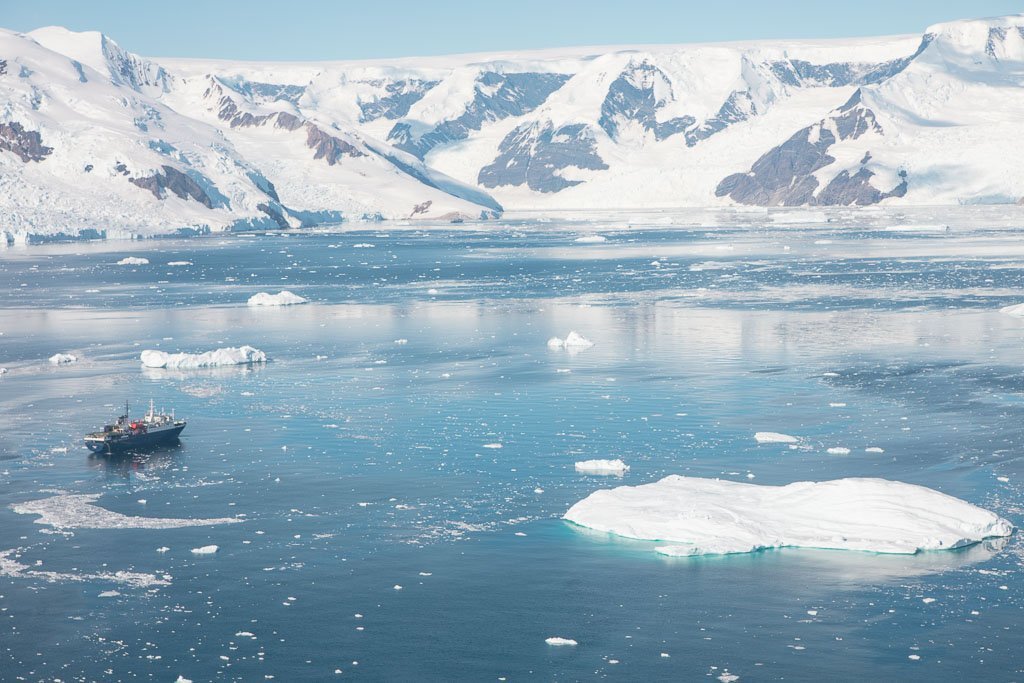
Cruise
By and far the most common way to get to Antarctica. There are many sailings each year that leave from South America to Antarctica and back, there are a few sailings that depart from New Zealand and Australia as well.
Most cruises range from 6 to 23 days in length, however, there are a handful of longer trips typically offered each year.
During the summer season October-March there are cruises that depart almost daily. One important thing to note; It usually takes between 2 and 3 days to cross the Drake Passage when sailing between the Tip of South America and Antarctica, each way. So remember that accounts for 4-6 days of your cruise alone.
Choosing An Antarctica Cruise
- It is best to choose a ship that takes 100 passengers or less. These ships (typically taking 50-100 passengers) can get to places that the bigger ships cannot.
- In accordance with IAATO (International Association of Antarctic Tour Operators) regulations, ships carrying more than 500 passengers are not allowed to make landings on the continent. Choose carefully.
- Cruise ships typically only allow 100 people at a landing site. Therefore, if you go on a ship with 200 passengers, for example, 100 people will go ashore and must be brought back before the next group of 100 can land. This will likely limit the time on land to only 1-2 hours per landing.
- Larger ships tend to be more comfortable and luxurious.
- Not all cruises are created equally. They can offer different routings and different activities. The Antarctic Peninsula is the most common area for ships to visit. Cruises such as Oceanwide Expedition’s M/V Ortelius have helicopter landings as part of your itinerary, some cruises will include kayaking and even camping. Some ships are more luxurious than others.
- From personal experience, I recommend cruising to Antarctica on Oceanwide Expeditions‘ Ross Sea Crossing cruise from Bluff, New Zealand to Ushuaia, Argentina in February-March of 2017. They have experienced and knowledgeable staff. I have included their booking form below so that you can begin searching cruises.
Where Do The Ships Leave From?
Most ships will depart from Ushuaia, Argentina. Other common embarkation points are Punta Arenas, Chile; Bluff/Invercargill, New Zealand; Christchurch New Zealand; and Hobart, Australia (Tasmania).
Chartered Yachts
Several chartered yachts do trips from South America to Antarctica. Many will include stops in the Falkland Islands (Islas Malvinas) as well as South Georgia.
Most yacht trips tend to last between 3 and 6 weeks. Many of these chartered yachts are members of IAATO. Yachts can be a rewarding experience for people looking for a more adventurous Antarctic trip.
Yachts won’t be as luxurious as larger ships but will give more flexibility and freedom. I personally have met Darrel Day who owns Spirit of Sydney and does expeditions down to Antarctica from Ushuaia during the summer season.
Yachts are a great option for scientific researchers, film crews, skier/snowboarders, mountaineers, kayakers, divers, and whale watchers.
Flight
It is possible to fly to Antarctica, as there are 28 landing strips and 37 helipads. This is the least likely way to visit the continent as the weather is extremely unpredictable in and around Antarctica. Flights are typically restricted to the summer months (because of daylight).
DAP Airlines offers flights to King George Island in Antarctica from Punta Arenas, Chile.
Antarctica Flights, based in Australia offers overflights to Antarctica (they do not land in Antarctica, they only fly over it) from Sydney and Melbourne. Prices per passenger for one seat range from $1,199 to $7,999.
Some cruise companies offer ‘Fly & Cruise’ options but expect these to cost substantially more than just cruising.
*Note that weather in Antarctica is erratic and flights are often delayed.
Cost To Travel To Antarctica
Let’s face it: Antarctica is NOT cheap, and it only gets more expensive as time goes on. When I announced I was going to Antarctica on my blog this was probably the #1 negative feedback I got in e-mails and comments from readers.
Yes, getting to Antarctica is expensive. But what are your other options to get there? Yeah, that’s what I thought.
Unfortunately, this is a trip that will require some saving but fear not, there are ways to get to Antarctica for much less than what you find when you begin a search online. One thing to consider is taking one of the shorter trips to Antarctica, these, of course, come in much much cheaper.
Other factors that can affect the cost of your trip will include flights from home to your embarkation point and of course back home, travel insurance (yes, it is required), and if you need to purchase cold-weather gear or travel gadgets.
Tips To Save You Money Traveling to Antarctica
- Keep an eye out on Antarctic cruise and yacht company’s websites and sign up for their e-mail lists. From time to time, you will find deals and sales. For example, the 32 day Ross Sea trip I did with Oceanwide Expeditions’ original price for a quad room (the cheapest available) was a little over $24,000 per person! Eventually, the trip did go on sale for $17,450. Yes, I know: it’s still expensive. It’s more than I spent to purchase my car in 2012 brand new! But nonetheless, that is nearly a $7,000 savings.
- Watch online for last-minute deals. These cruises don’t want to leave port with empty berths. Sometimes cruise companies will begin slashing prices to fill the vacancy and at least break even. With that said, many of these trips (especially specialty cruises) tend to book up well in advance.
- Cruise prices tend to be somewhat cheaper in November, late February, and March as there isn’t as much wildlife to be seen making these sailings less popular than their December and January counterparts.
- For travelers on a stricter budget with flexibility that are already in Ushuaia, there is the possibility of going to the port each morning to see if there are any ships departing with any empty berths and ask for ‘dock price’. As mentioned before these ships don’t like to leave with empty berths and are likely to offer big discounts. There are reports from travelers claiming to have paid $3,500-$4,000 for 10-12 day cruises to Antarctica which would usually run in the $8-12,000 range. Remember that demand for sailings to Antarctica is skyrocketing and getting on last-minute is proving more difficult as time goes on and prices for these trips are getting higher.

When To Go To Antarctica
Tourism is pretty much limited to the Antarctic summer from November to March. Why only November through March? That comes down to the lack of accessibility in the winter due to thick ice locking in the continent and darkness.
Antarctica is shrouded in darkness from May to July as the polar winter sets in. Because of these factors, Antarctica’s summer is the best. Expect prices to be more expensive in the months of December, January, and early February as there are more wildlife spotting opportunities.
By Month
November: Pristine ice is abundant for photographers looking to shoot the perfect icy blue hues. Many penguins start to head ashore.
December: Days get longer and night disappears as the calendar approaches the solstice. Later in the month on the Antarctic Peninsula the cute, fluffy chicks hatch, and rookeries are full of birds. Humpback whales show up back in Antarctic waters.
January: Ice is beginning to break up allowing expeditions to reach beyond 66ºS (the Antarctic Circle), this is the time to access the historic huts of Scott & Shackleton. The baby penguins are cute and fluffy and their parents are busy feeding the needy chicks. Temperatures tend to be on the warm side and can reach as high as 15ºC/60ºF. Days are still quite long.
February: Chicks are very active and curious. Young penguins begin to molt, penguin rookeries are full of cute birds. February is the best time to spot whales and with the ice receded to its maximum is the best time to head as far south as possible by ship or yacht.
March: Penguins are very curious at this point in the year and very attracted to the color yellow. March is the best time to catch the stunning sunsets and sunrises you see in photo books as the days start to get shorter and the sun finally starts dropping below the horizon fully at night. Whale sightings are still optimal this month and if headed to South Georgia expect to see plenty of King and Macaroni penguins.
Where To Go In Antarctica
Antarctica can be divided up into 5 sections as shown on the map below. The Antarctic Peninsula (purple), Ross Sea Ice Shelf (pink), South Pole (black dot, dead in the middle), West Antarctica (blue), East Antarctica (green).

Antarctic Peninsula
Antarctica’s premier destination. This is the most visited part of the continent and easy to see why! Not only is it easiest to access- only 800 km (500 mi) between Cape Horn in South America and Livingston Island (Shetland Islands) Antarctica, but it’s the most visually impressive.
A stegosaurus-like spine of mountains runs along the peninsula and is in fact, the continuation of the Andes Mountains. Popular destinations on the peninsula include the Lemaire Channel, Port Lockroy, Deception Island, Palmer Station, Andvord Bay, and Vernadsky Station.
The Ross Sea & Ice Shelf
The typical destination for cruise ships departing from Australia and New Zealand. The Transantarctic Mountain Range is viewable from McMurdo Sound along with the famed volcanoes- Mt. Erebus and Mt. Terror.
Another important feature is the Ross Ice Shelf, which is the biggest ice shelf in the world. For history buffs- many historic huts are accessible in the Ross Sea, including Scott’s, Shackleton’s, and Borchgrevink’s Huts.
Popular destinations in the Ross Sea region include McMurdo Sound, McMurdo Base (US), Scott Base (NZ), Ross Island, The Ross Ice Shelf, The McMurdo Dry Valleys, Cape Adare, Cape Hallet, and Franklin Island.
Learn more about the rarely visited McMurdo Dry Valleys, McMurdo Sound, and Franklin Island
South Pole
Reachable by expedition and typically depart from Punta Arenas, Chile by flight. Antarctic Logistics, White Desert, Arctic Odysseys, Ice Trek, and Polar Explorers all offer expeditions to the South Pole.
Prices start at $40,000 per person and go up from there. At the South Pole sits Scott-Amudesen Station as well as the Ceremonial South Pole.
West Antarctica
This is the whole of the continent falling in the western hemisphere (except for the Antarctic Peninsula). Much of Western Antarctica is vast, barren, nothingness.
Mount Sidley- Antarctica’s highest volcano and Vinson Massif- Antarctica’s highest mountain all fall within Western Antarctica. In contrast, the lowest place on Earth not covered by ocean- the Bentley Subglacial Trench is here. Very few visitors make it to Western Antarctica.
East Antarctica
This is the bulk of the continent and it sits in the eastern hemisphere. Barren is a great descriptor. Home to Vostock Station- the holder of the world’s coldest ever recorded temperature. Mawson’s hut and The South Pole of Inaccessibility are two of the more popular tourist draws for this rarely visited region.
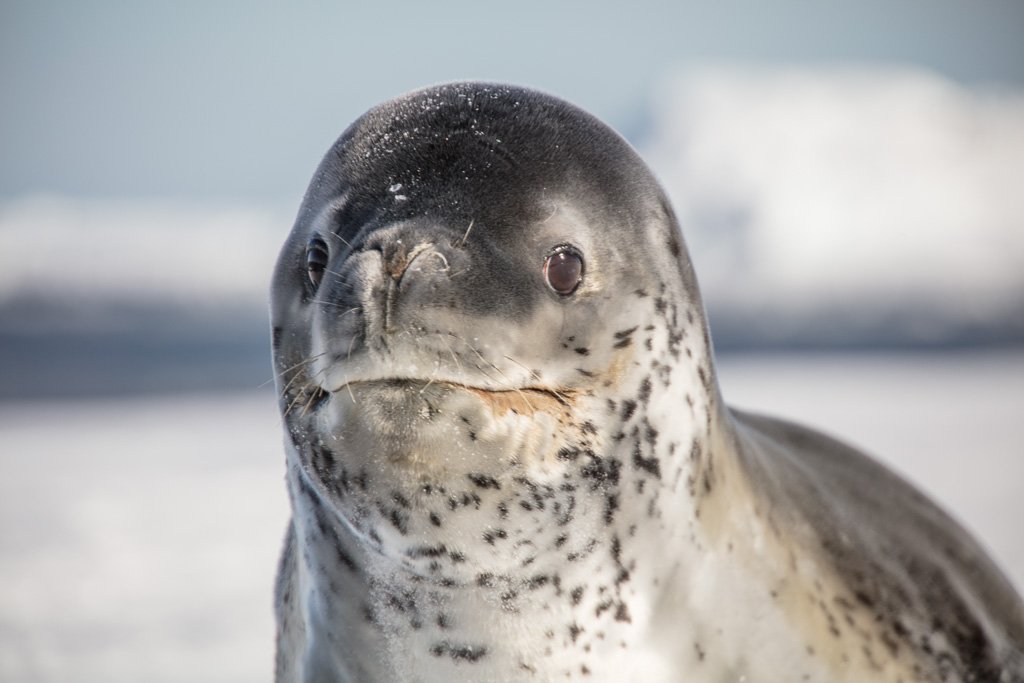
What To Do In Antarctica
There are so many options for activities in Antarctica. Ice, wild landscapes and wildlife are the usual draws for most visitors.
- Wildlife Viewing: Penguins and Seals and whales, oh my! Find yourself sitting amongst curious penguin chicks with the bravest of the youngsters climbing right up onto your lap! Antarctica is a birder’s paradise- you’ll be lucky to peel your eyes away from your binoculars the entire trip both in the Antarctic and Subantarctic with Petrels, Albatross, and Cormorants at every turn. Whale watchers will have plenty of opportunities to view the largest of the mammals usually in the months of February and March. And finally, the seals will steal the show.
- Hiking: Quite a few landing sites give visitors the chance to trek into the frozen expanses.
- Photography: There’s a photo op just about every minute of any trip to Antarctica. The main show-stealers will be the ice and up-close wildlife. Even if you aren’t into photography you’ll likely find yourself snapping photo after photo.
- Zodiac Cruising: Zodiacs are the main transport that cruise ships use to ferry their passengers onto the ground. These excursions will likely include zodiac cruises where you’ll likely find yourself face to face with the Seventh Continent’s wildlife.
- Kayaking/Paddle Boarding: Many yachts and ships carry kayaks and some even have paddleboards aboard. A lovely quiet experience to have paddling between ice floes with penguins and seals watching you as you float on by.
- Mountaineering: The Antarctic Andes and the Transatlantic Mountains are just a start. This is a harsh wilderness alluring to explore but only the most prepared should dare.
- Skiing/Snowboarding: Easy to arrange on many yachts. Looking to say you’ve shredded on every continent? Here’s your chance!
- Camping: Want to sleep overnight in Antarctica? No problem! Many sailings include camping excursions on the peninsula. Personally, my dream would be to go back, late-season and camp- but this is mostly because I’d love to get lucky and get a shot of the southern lights, the milky way, and some ice!
- Scuba Diving: Extreme divers with the proper certifications can dive off the coast of this frozen stretch of the planet.
- Polar Plunge: Take a jump into the icy cold waters. A good bragging right when at a bar back home.
Packing For Antarctica
This is a tough one. Everyone feels and experiences cold differently. I will list below the absolute essentials.
Remember Antarctica is likely warmer than you imagine (trust me, it still isn’t the tropics), but for where you’re probably visiting you can plan to leave the extreme Arctic gear at home.
When on land you will be moving around and walking so you will stay fairly warm so long as you’re not sitting stationary. Layers are essential.
Required Documents
- Passport– Make sure it’s got at least 6 months validity.
- Visas– If the ship departs a country or arrives in a country you need a visa to visit. You are responsible for arranging it if necessary. Contact your nearest embassy for details.
Outerwear
- Warm water and windproof jacket– The most important thing in the jacket you bring is that it’s waterproof. There’s a good chance you’ll get splashed with water on zodiac rides. Some ships/cruise lines include a jacket in your ticket price. Check with them when you book to find out if you really need to bring your own or not.
- Waterproof Pants– Snow/ski pants are a good option. Rain pants with a couple of layers underneath can do the trick as well.
- Hat– Most of your body heat escapes through your head, so if you’re cold cover your noggin.
- Gloves– A heavier pair for colder days and a thinner pair for warmer is a good idea.
- Scarf or Balaclava– When the wind picks up, this is always the first part of me to get cold if I forget one.
Footwear
- Knee-high rubber boots (Wellies, gumboots, galoshes…)– Most every landing in Antarctica is a wet landing, i.e. stepping off your zodiac into the water and wading through shallow water to the shore. The most important is that the boots are fully waterproof and sturdy with a slip-proof sole. Good boot brands to consider are Muck Boots or and Xtratufs. Some ships/cruise lines provide rubber boots, check when booking to find out if you need to bring your own.
- Comfortable Shoe– Think something easy to slip on and off (preferably no laces) incase your lying in bed and the ‘WHALES, HUNDREDS OF WHALES EVERYWHERE!‘ announcement comes across the intercoms. Some ships have exercise rooms aboard if you plan to use it bring sneakers too.
Clothing
Note: Leave the formal wear at home, some cruises do have a captain’s dinner in which you might want to look presentable, but formal wear is not expected. Bring comfortable clothing, and remember the ship is heated!
- 2 Tees– Good for layering and days at sea.
- 2 Long Sleeves– Again, layering and days at sea.
- 1 Tank– For warmer days onboard or extra layers.
- 1 Hoodie or Sweater- Good for colder days to wear under a jacket.
- 2 Thermal pants/lined leggings– Wear under rain pants for extra warmth.
- 1 Sweatpants (optional)– Good option for lazing about on sea days.
- 1 Pair Athletic Shorts (optional)- If you tend to run warm you’ll end up wanting these on the days above the Antarctic Convergence, it’ll get really warm in the ship.
- 2 Pairs of Regular Socks– For warmer days and for wearing with your ship shoes.
- 2 Pairs of Thermal/hiking Socks– Good for cold days and layering up in boots.
- Undies– I think two should suffice, you can pay to have laundry done on board or wash them up in your bathroom sink.
- 1 Bra– if you have the parts necessary for one.
- 1 Sports Bra– Same reasoning as above.
Accessories
- Sunglasses– Ever heard of snowblindness? It’s real and it hurts.
- Goggles– Especially if going skiing, but work great for windy zodiac trips where you don’t want to worry about them blowing away.
- Electrical Converter with Adaptor– Keep charged. Many ships are equipped with Euro 2-round pin sockets.
- Camera + Camera Gear– All largely dependent on what you shoot with and how into it you are. Make sure to have all necessary batteries and accessories (tripod, filter, lenses, shutter release, etc.) to go with.
- External Hard Drive or Spare SD/CF Cards– You’ll likely take more pictures than you will expect. Bring extra space! Or film in the case you still shoot on a film camera.
- Waterproof Bag/Backpack– Something to carry your electronics ashore with.
- Binoculars– For wildlife viewing.
- Water Bottle– You are allowed to bring plain water with you ashore.
Toiletries
- Sun Cream- Yes you can still get sunburnt when it’s cold.
- Thick Lotion/Oil- Antarctica is the driest place on Earth.
- Prescription Medications- This should be a no-brainer. Any Rx med you take, BRING IT WITH YOU! And be sure to bring enough to get you through the entirety of your trip.
- Sea Sickness Patches or Pills- Better to be safe than sorry, many people do get seasick. It can usually be purchased on board from ship medic if you’re on a cruise.
- Soap- You will probably have some in your cabin already if you need anything special it is best to bring your own.
- Shampoo– Same as mentioned above about soap.
- Conditioner– If you have long hair you’ll need it. Bring something thick, it’s extremely dry here.
- Tampons/Pads/Diva Cup– If you have a vagina and it still does that bleedy thing every month.
- Laundry soap– If you plan to do your own laundry aboard you’ll need laundry soap. Some cruise ships have a laundry facility for you to use, otherwise, you can always wash some clothes in your shower. Most cruise ships offer a laundry service, but this is an additional cost and can be expensive.
Accommodation
If going by ship or yacht, that will be your accommodation. Cabins on cruise ships can vary in comfort depending on how much you’re willing to spend.
Some trips include camping expeditions in which your tent is typically provided. These are questions to ask upon booking.
Antarctica Travel Insurance
Antarctica is remote, like really, really remote, so operators require proof of a travel insurance plan. Make sure the plan you choose has medivac coverage as you will likely have to be medivaced in the event of an emergency.
Some insurance plans also have little stipulations buried in fine print so deep most people would never actually find it such as the coverage only being good for on-ship activities. So the minute you step foot in a zodiac or helicopter your coverage will stop until you’re back on board… and insurers wonder why we HATE them.
I used Global Underwriters to insure my trip. I have used Allianz Travel Insurance, World Nomads, and First Allied in the past. Another insurance that comes with good reviews is battleface. I personally didn’t use World Nomads or Allianz for coverage in Antarctica because I didn’t trust their murky conditions of coverage and I have since read the World Nomads does not cover anything that happens off the ship. I do recommend that you choose a plan with repatriation coverage.
Safety
The biggest dangers in Antarctica would likely be getting too close to a seal and being eaten, losing an eye to a penguin peck, frostbite/frostnip, slipping on ice, and busting your ass or a hip (or any body part for that matter), falling overboard, etc.
Just like anywhere else, pay attention and be careful. People on more extreme expeditions such as visiting the South Pole, scuba diving, or skiing have more dangers to be concerned about than the typical visitor to Antarctica.
Have Any Questions About This Antarctica Travel Guide?
Ask your Antarctica travel questions in the comments section below.
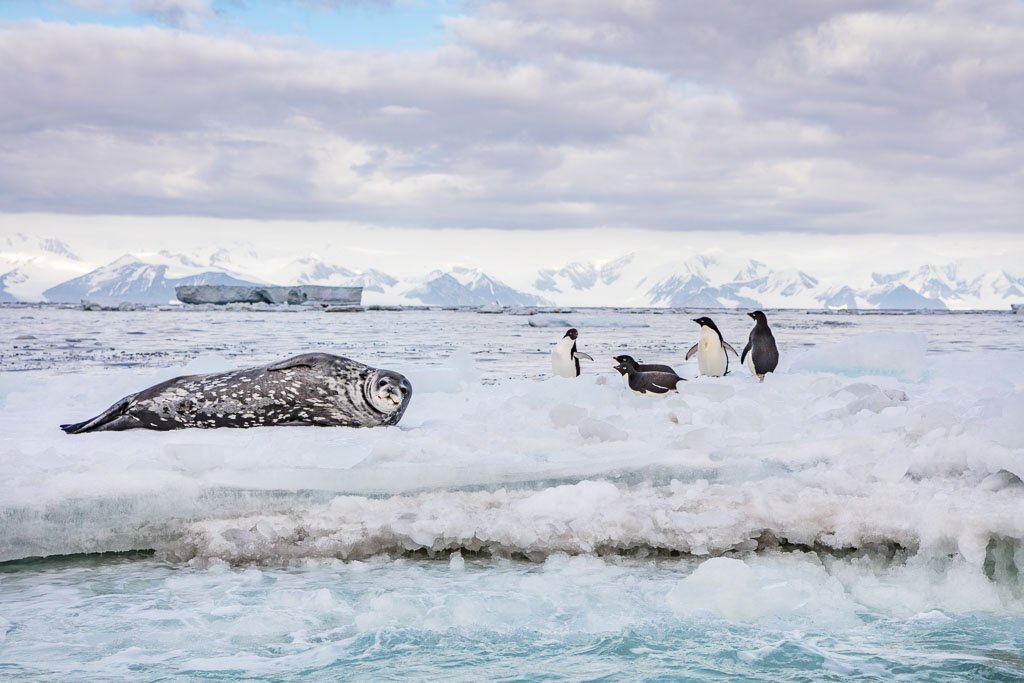
More Posts from Antarctica:
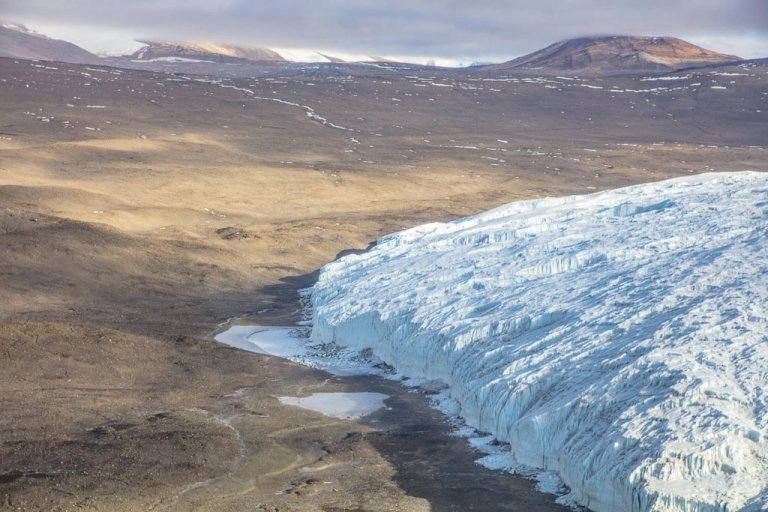

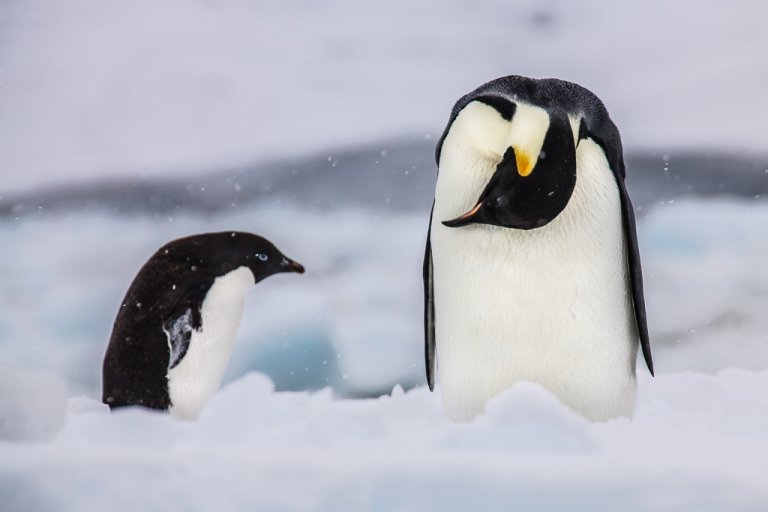
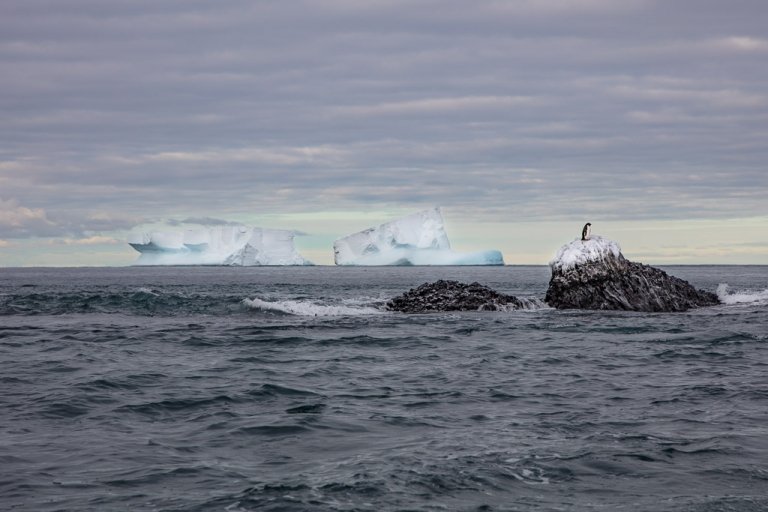
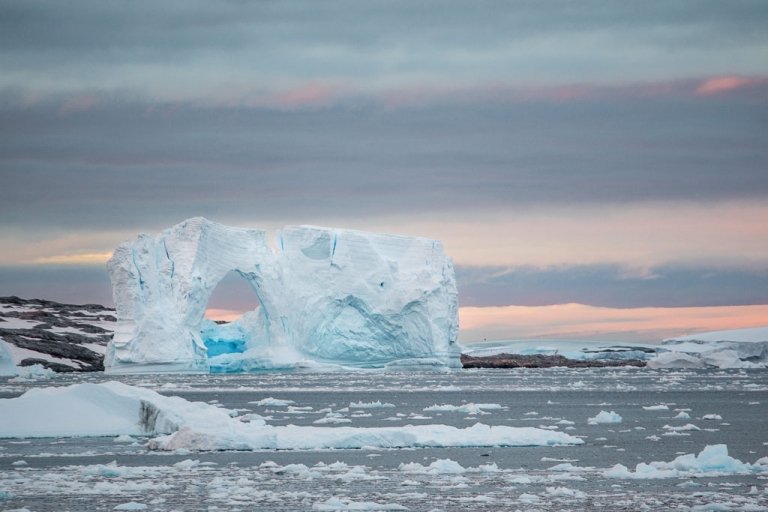
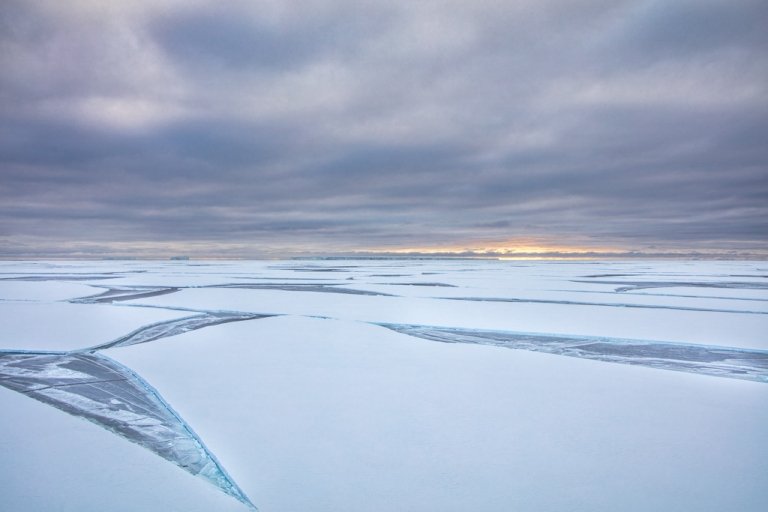
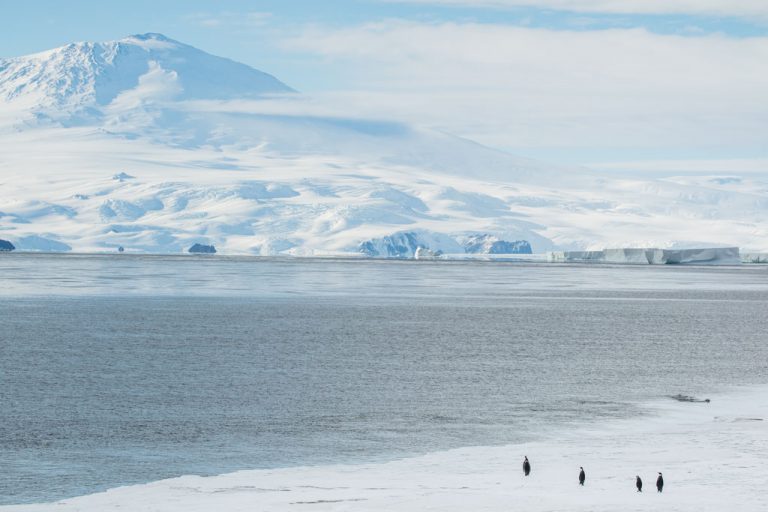
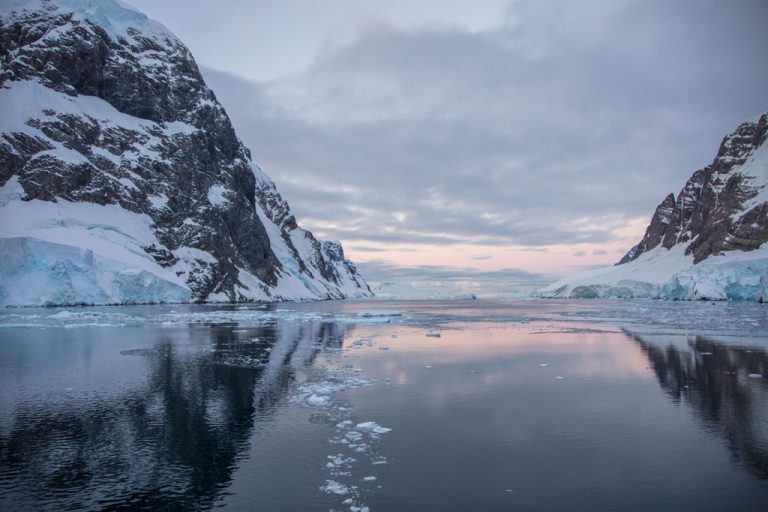
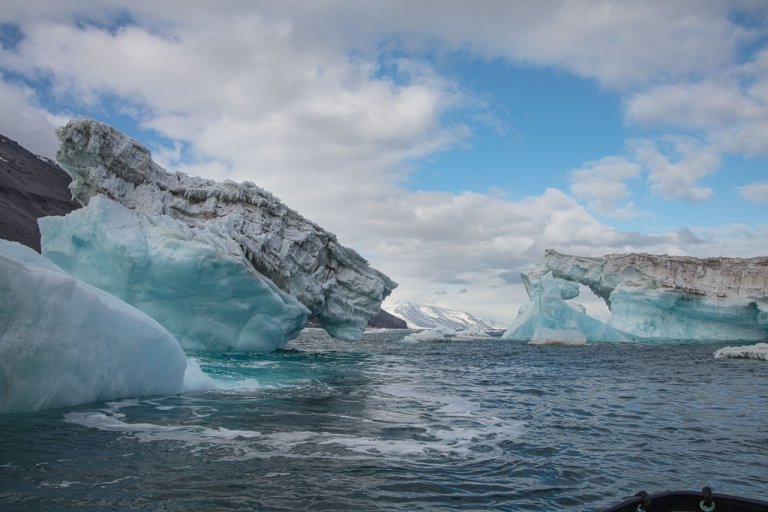
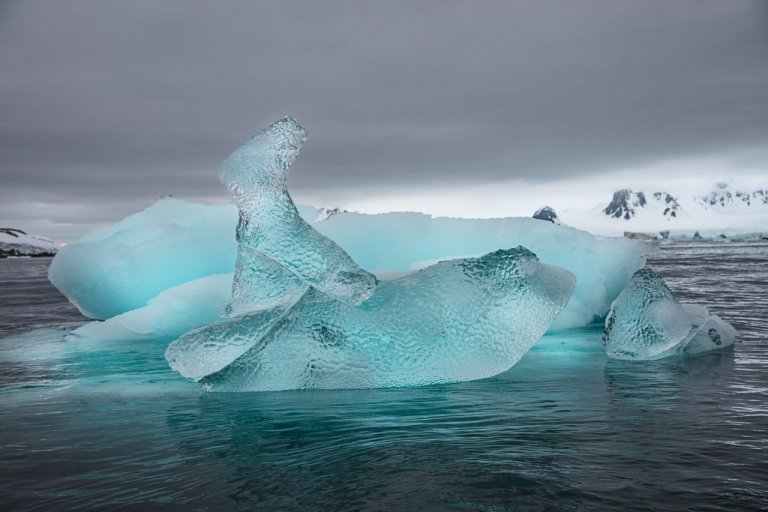
This is brilliantly describe awesome piece of writing.
Thanks!
Woah! I’m really digging the template/theme of this website.
It’s simple, yet effective. A lot of times it’s
very difficult to get that “perfect balance” between superb
usability and appearance. I must say you’ve done a great job with
this. Additionally, the blog loads extremely fast for me on Opera.
Exceptional Blog!
Thank you!
Woot! Spendy for me but it is now on the list of maybe someday trips! Great job on the guide. Best yet! Thanks!
Oh thanks Carl!
It is a spendy trip no doubt. I do have some exciting news coming up soon about an upcoming Antarctica trip in the next year!